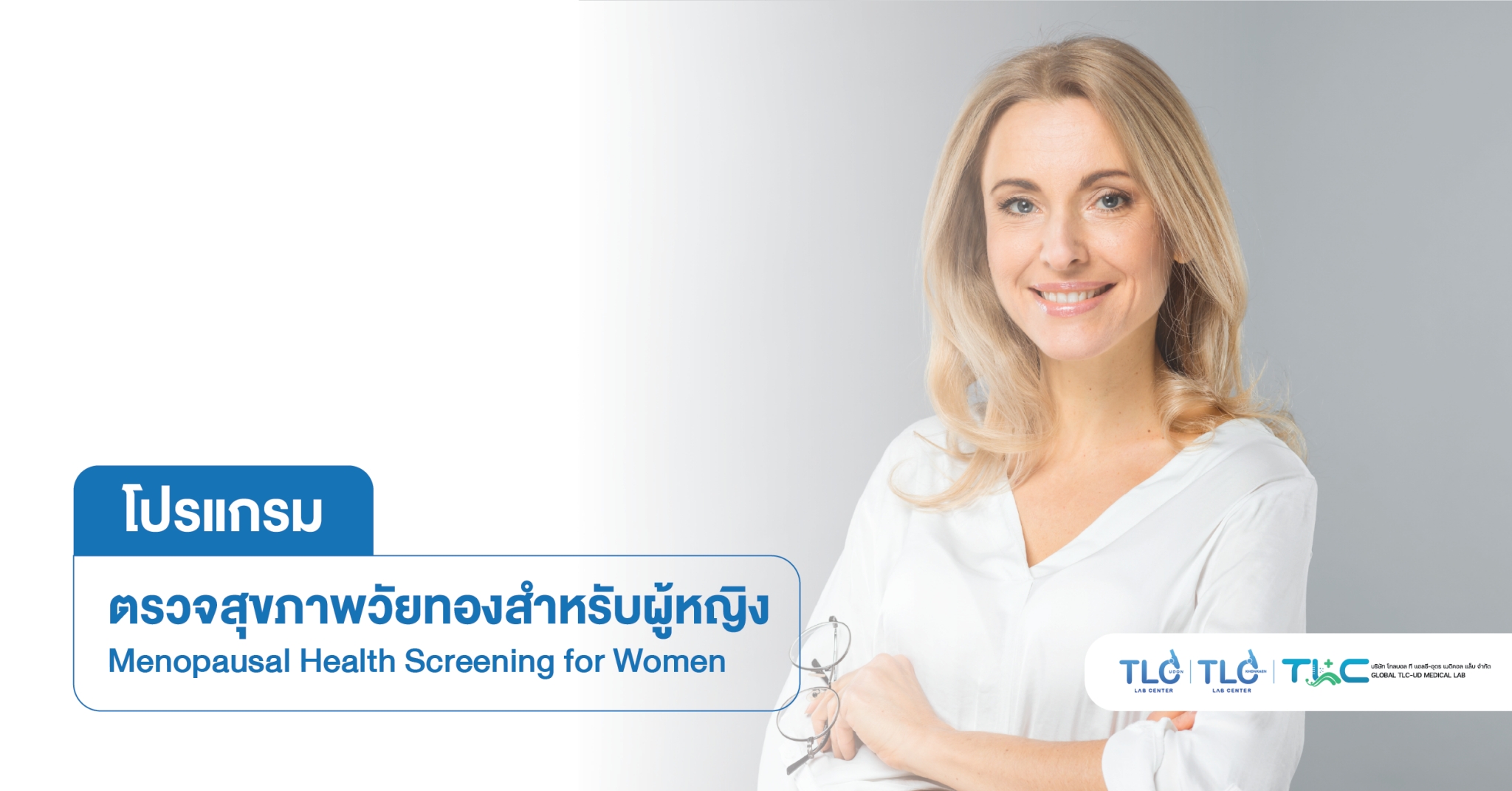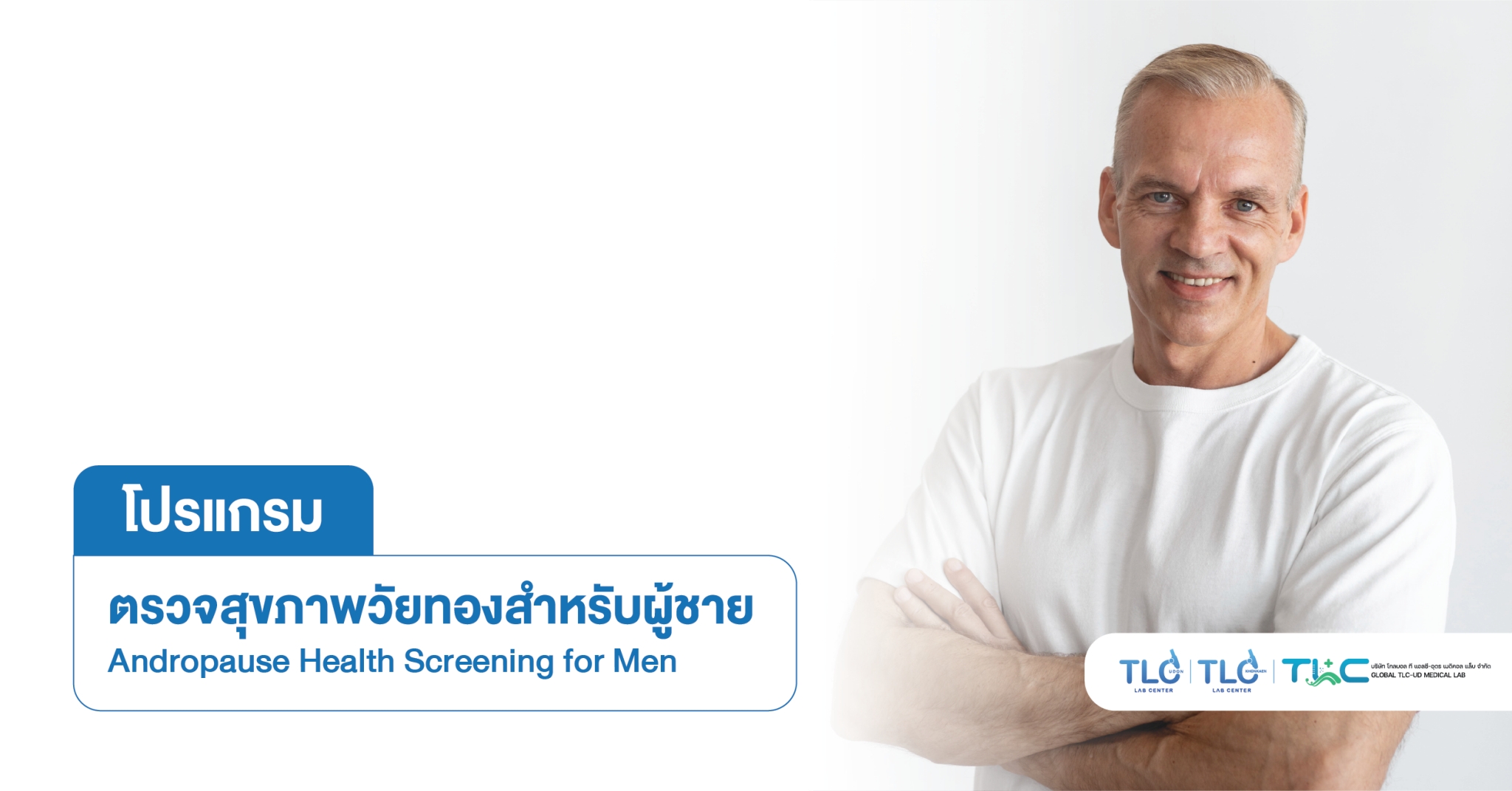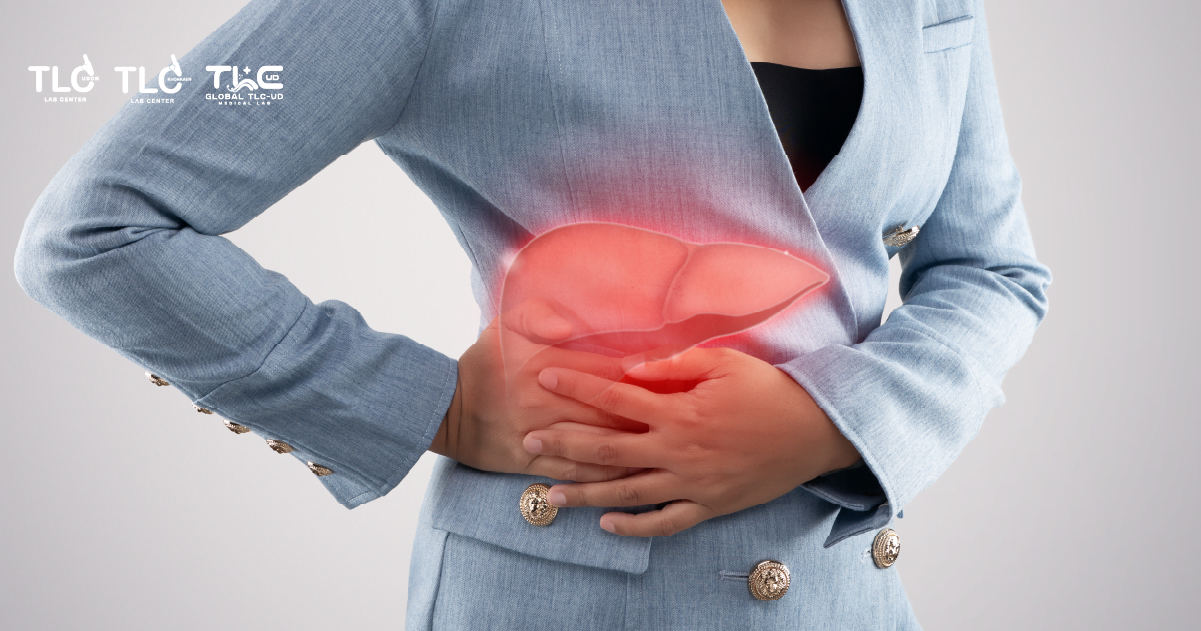When we hear the term “menopause,” we usually think only of women going through the end of menstruation. However, men also experience age-related hormonal changes—though the symptoms may differ between genders.
What Is Menopause or the Midlife Transition?
Menopause or the aging phase refers to the stage when the body produces fewer sex hormones, leading to physical changes, degeneration, and increased risk of certain diseases like osteoporosis, heart disease, and high blood pressure. It affects both men and women typically between the ages of 45–55, though symptoms in women are more noticeable.
What Happens During Menopause in Women?
Menopause in women is the permanent end of menstruation, due to the ovaries ceasing production of the hormones oestrogen and progesterone. This hormonal drop leads to several symptoms, such as:
- Hot flushes, sweating, mood swings, sleep disturbances, and decreased energy
- Weight gain due to a slower metabolism
- Increased risk of osteoporosis, heart disease, and chronic conditions like diabetes, hypertension, stroke, and dementia
Summary:
A woman is considered menopausal when she has not had a period for one full year.
Menopause typically occurs between ages 45–55, with an average onset at 51.
It also includes women who undergo surgical removal of both ovaries before natural menopause.

Stages of Menopause :
- Perimenopause:
The transitional stage when the ovaries begin to function irregularly before eventually stopping. Periods become irregular and may stop entirely. This phase may last 2–3 years, and may include symptoms like hot flushes, sweating, nausea, and mood changes. - Menopause:
Defined as the 12 consecutive months without menstruation. - Postmenopause: The phase after menopause begins, during which the body adjusts to lower hormone levels and may develop related complications.
Common Symptoms of Menopause in Women
Symptoms may begin months or years before actual menopause, especially during perimenopause. These symptoms vary by individual and may include:
Short-term Symptoms:
- Irregular periods (seek medical help if bleeding occurs post-menopause)
- Vaginal dryness
- Hot flushes
- Night sweats
- Insomnia or difficulty sleeping
- Mood swings
- Weight gain due to slower metabolism
- Dry skin, hair thinning, and hair loss
Long-term Symptoms and Health Risks:
- Osteoporosis:
Oestrogen deficiency leads to bone loss, increasing the risk of fractures – particularly in the spine, hips, and wrists. - Heart Disease:
Decreasing oestrogen increases the risk of cardiovascular disease. Oestrogen helps reduce “bad” LDL cholesterol. Maintaining heart health through regular exercise, healthy diet, avoiding salty or fatty foods, and maintaining a healthy weight is essential. Consult a doctor for prevention tips. - Central Nervous System Changes:
Slower responses, reduced movement, and memory decline. - Urinary Incontinence:
Loss of elasticity in vaginal and urethral tissues can cause frequent urination and a higher risk of urinary tract infections. - Vaginal Dryness and Inflammation:
Can lead to irritation and pain during intercourse. - Weight Gain:
Due to a decrease in metabolic rate.

Tips for Staying Healthy During Menopause:
- Exercise regularly at least 3 times a week for 30 minutes each session.
- Eat a balanced diet and avoid high-cholesterol foods. Choose easy-to-digest meals.
- Avoid smoking and alcohol consumption.
- Get enough sleep and rest.
- Practice meditation or engage in stress-relief activities.
- Drink at least 2 litres of water per day.
- Strengthen pelvic floor muscles and vaginal tone through exercises.
- Get annual checkups for preventive care and early screening during and after menopause, such as:
- Blood tests
- Bone density scans
- Cervical cancer screening
Recommended Laboratory Tests for Menopausal Women :
- Estrogen level
- Progesterone level
- Luteinizing Hormone (LH)
- Follicle-Stimulating Hormone (FSH)














